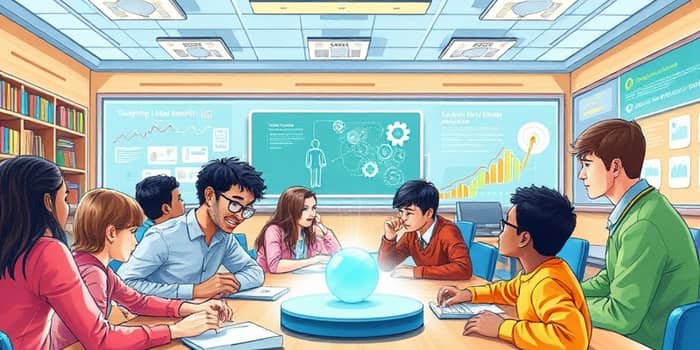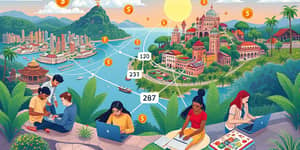
Traditional classrooms are evolving. Educators and learners alike are discovering that one-size-fits-all teaching no longer meets the needs of every student. As the world embraces digital tools and new pedagogies, active role in their own education is becoming the guiding principle of modern learning experiences.
By placing students at the center of the process, personalized learning empowers individuals to take ownership of their journey. It aligns teaching strategies, content, and environments to each learner’s unique profile, ensuring that every step is relevant and engaging.
At its core, personalized learning is a student-centered approach where learners influence what they study, how they learn, and how they demonstrate progress. This method fosters motivation, increases engagement, and nurtures confidence.
Research from McKinsey shows that tailoring instruction can lead to improved student outcomes by up to 30%. As students discover their strengths and interests, they become active collaborators, contributing to goals and assessments designed around their needs.
Technology has accelerated this educational transformation. AI algorithms analyze performance data in real time, offering real-time data-driven customization and feedback that adapts to each learner.
The global EdTech market is set to reach $404 billion by 2025, with personalized learning technologies representing a crucial segment. In 2024, that segment was valued at $4.74 billion and is expected to hit $6.01 billion in 2025, growing at a 26.7% CAGR. By 2029, forecasts predict a $15.32 billion market, reflecting sustained investment in individualized instruction.
Students are increasingly using AI-powered platforms—Gradescope, Khanmigo, Duolingo Max—to supplement classroom instruction. Such tools diagnose gaps instantly, recommending targeted exercises that reinforce concepts.
Personalized learning delivers tangible advantages for all stakeholders:
Higher education is not immune to these benefits. In 2025, 57% of colleges prioritize AI initiatives, up from 49% in 2024, to offer more adaptive coursework and virtual tutoring that complements in-person instruction.
Transitioning to personalized learning demands clear planning and collaboration. Educators can follow these best practices:
Involving students in goal-setting creates a shared commitment. Teachers can leverage dashboards that display real-time progress and highlight areas needing support. Regular check-ins reinforce accountability and allow for timely adjustments.
While personalized learning offers promise, equity remains a critical concern. Ensuring that all students—across socioeconomic backgrounds—have access to devices, reliable internet, and supportive environments is essential.
Data privacy laws and ethical guidelines must govern the collection and use of student information. Educators need ongoing professional development to integrate AI tools effectively and responsibly.
Resistance can arise when stakeholders are unfamiliar with new methods. Clear communication about benefits, combined with pilot programs demonstrating success, helps build confidence and buy-in.
Emerging trends hint at even more immersive experiences. Augmented and virtual reality offer tailored educational support that transports students to historical events or scientific laboratories.
Inclusive personalization, which addresses cultural and linguistic diversity, is also on the rise. As AI models grow more sophisticated, they will better recognize and adapt to individual learning preferences and barriers.
The pandemic highlighted the urgency of bridging learning loss—a phenomenon that disproportionately affected disadvantaged groups. Personalized tutoring programs aim to recover lost ground, ensuring no learner is left behind.
Ultimately, personalized learning represents a shift from teaching to facilitating. As technology advances and educational philosophies evolve, learners will continue to drive their own success, forging paths that resonate with their aspirations.
By embracing innovation, committing to equity, and fostering a culture of continuous growth, schools and institutions can ensure that every student thrives in the new era of education.
References













